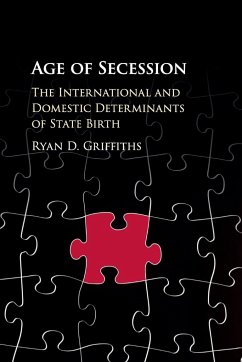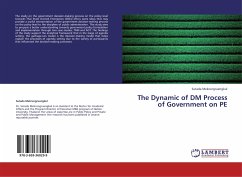
The Dynamic of Secession
Versandkostenfrei!
Versandfertig in 1-2 Wochen
120,99 €
inkl. MwSt.
Weitere Ausgaben:

PAYBACK Punkte
60 °P sammeln!
This book, first published in 1999, offers a general explanation for the occurrence of the phenomenon of secessionist activity, arising from a comparative study of numerous historical examples of secession and separatist conflict. The book develops a comprehensive framework, specifying the elements necessary for a secession crisis, and discussing the moral issues underpinning such a decision. The author examines the political, economic and social costs and benefits of a community's two alternatives - continued integration in the existing state and secession - which enter into decision-making p...
This book, first published in 1999, offers a general explanation for the occurrence of the phenomenon of secessionist activity, arising from a comparative study of numerous historical examples of secession and separatist conflict. The book develops a comprehensive framework, specifying the elements necessary for a secession crisis, and discussing the moral issues underpinning such a decision. The author examines the political, economic and social costs and benefits of a community's two alternatives - continued integration in the existing state and secession - which enter into decision-making processes, and argues that secessionist activity arises only when government action or international developments change a community's view of the balance among these costs and benefits. Her conclusion is that a community's aspirations for independence change with circumstances, and that in some instances, sensitive government policy can substantially mitigate secessionist sentiment, while, in others, evolution in the prevailing international climate can outweigh domestic factors in the dynamic of secession.














